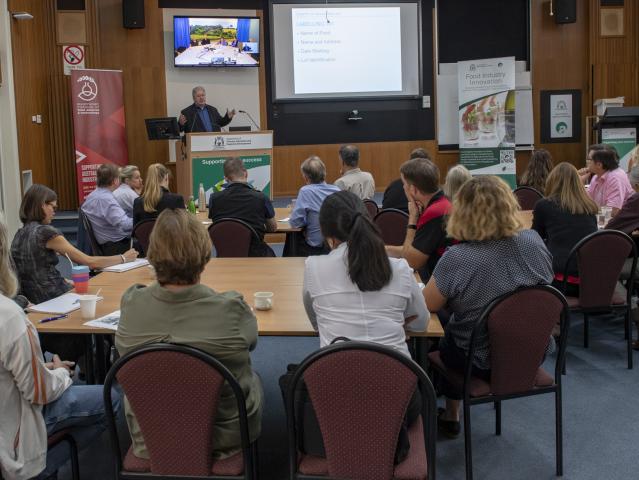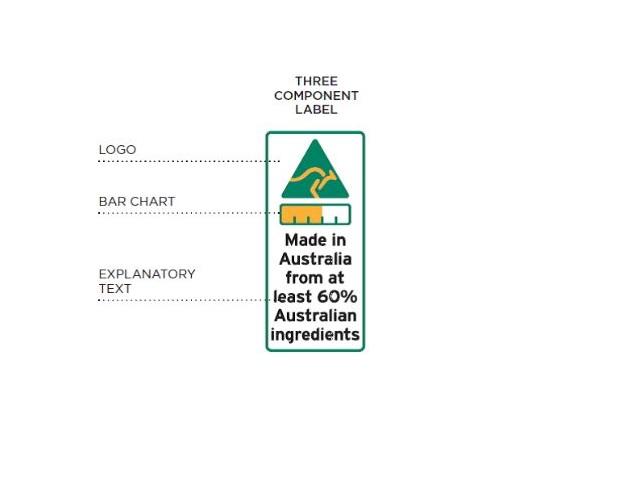Country of Origin Labelling workshop

The new Australian country of origin labelling (CoOL) regulation for food and beverages came into force from 1 July. CoOL is now regulated under Australian Consumer Law instead of the Australia New Zealand Food Standards Code where it has been captured until now.
A CoOL workshop was held on 13 April in response to an identified need of small medium food and beverage enterprises that were unclear on the complexities of the new regulatory requirements.
Through the Australian Institute of Food Science and Technology (AIFST), DPIRD was able to secure the services of Chris Preston a legal and regulatory specialist.
DPIRD promoted the workshop to WA businesses and offered an option for businesses in regional areas to participate via videoconference from DPIRD regional offices. AIFST promoted the event to its members and assisted with registrations.
Approximately 50 people attended the workshop at DPIRD South Perth and about 10 people took advantage of videoconferencing to the DPIRD regional offices of Northam, Bunbury, Manjimup and Albany.
The presenter went through the requirements of new information standard and offered suggestions and practical tips on how businesses could approach setting up their labels and managing compliance and records. Some components of the regulation which were not readily apparent such as the treatment of added water, were also illustrated.
There was a high level of engagement between the attendees and the presenter, with many questions asked throughout the morning.
A follow up online survey run by AIFST with 65% of respondents reporting that they found the presentation ‘extremely useful’ and other feedback including ‘ I am much better prepared for utilising labelling now that I have had it explained’.
Key takeaways:
- Remember that the purpose of CoOL labelling is to provide detail on the Australian component of a product, whether it is the percentage of ingredients or manufacturing conditions, i.e. Australian-ness.
- Data – can you prove your claim? Records – ensure you keep detailed records including declarations from ingredient suppliers. Product Information Forms (PIFS) are useful for this purpose.
- Be sure of your ingredient sourcing.
- Don’t fear under-declaring. Be clear on the difference between Minimum Content and Average Content – always better to underestimate the guaranteed percentage of Australian ingredients than overestimate.
- Understand ‘Made In’ claims and the expanded definition versus ‘Product of’ claims.
- Water as an ingredient – the three rules which need to be observed.
- Keep the information in the labelling text box simple – any additional information that you want to provide to consumers, i.e. regionality, organic status etc. to be provided outside the box, ensuring that the information is neither misleading or deceptive
- If in doubt, read the Information Standard, especially the dictionary definitions in the Standard.
For further information watch the recorded video of DPIRD’s Country of origin labelling workshop via the department’s YouTube, read the ACCC’s Country of origin labelling information and use the online CoOL tool available on the federal government’s business.gov.au website.

